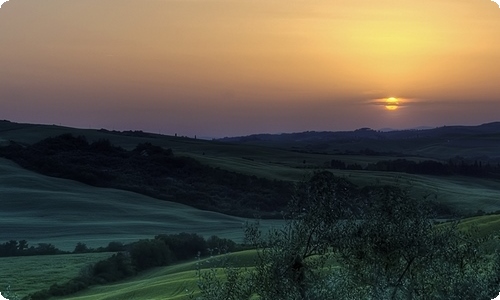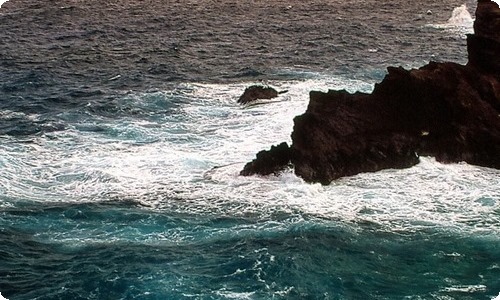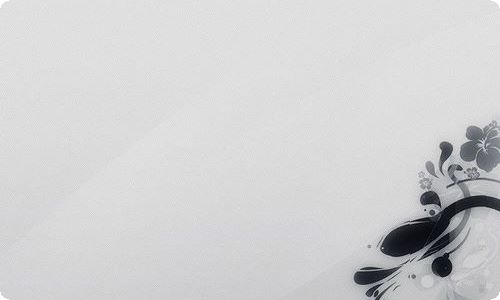北京故宫博物院英文导游词

北京故宫博物院英文导游词
作为一名乐于助人的导游,编写导游词是必不可少的,导游词是讲解当地的`基本情况,介绍风土人情的文章。怎么样才能写出优秀的导游词呢?以下是小编整理的北京故宫博物院英文导游词,欢迎大家借鉴与参考,希望对大家有所帮助。
Hello, everyone,
We are now going to pay a visit to a place of special interest. This scenic spot is located at the center of Beijing and is characterized by thousands of palatial architectures and purple walls as well as yellow glazed tile roofs- it is simply a sea of palaces. This is the world – famous wonder – the Palace Museum.
The Palace Museum has served as the royal residence during the Ming and Qing dynasties. It was here that a total of 24 monarchs ascended the throne and wielded power for some 500 years. The Palace Museum, as the most beautiful spot of interest throughout Beijing, is unique for its location: to the northwest is Beihai(North Sea) Park, famous for its white pagoda and rippling lake; to the west is the Zhongnahai (central and south sea); to the east lies the the Wangfujing Shopping Street; and to the north id Jinshan Park. Standing in the Wanchun (Everlasting Spring) Pavilion at the top of Jingshan(Charcoal Hill) Park, you overlook the skyline of the palace Museum. At the southern end of the palace is Tian` anmen (Gate of Heavenly Peace) and the famous square named after it . This is the symbol of the People` s Republic of China.
A world-famous historical site, the Palace Museum is on the World Heritage List of UNESCO and is an embodiment of oriental civilization.
The Palace Museum is rectangular in shape, 960 meters long from north to south and 750 meters wide from east to west, covering a space of 720,000 square meters of which 150,000 is building area . It has 9000-strong rooms in it . According to legend there are 9999.5 room-units in all .The whole compound is enclosed by a 10-meter-hign wall and is accessed through four entrances, namely, the meridian Gate in the south ,the Gate of Military Prowess in the north, Donghua(Eastern Flowery ) Gate in the north, Donghua ( Eastern Flowery) Gate in the east and Xihua(Western Flowery ) Gate in the west. On each corner there is a turret consisted of 9 roof beams, 18 pillars and 72 ridge . Encircling the compound there is a 3,800-meter-long and 52 meter-wide moat, making the Palace Museum a self-defensive city-within-a city.
The Palace Museum was made a center of rule during the Ming Dynasty by Zhun Di, The fourth son of the founding emperor Zhuyuanzhang. The whole complex straddles on an 8-kilometers-long central axis that stretches from Yongding (Forever Stable) Gate in the south to Gulou (Drum Tower) in the north. Prominence was given to the royal power by putting the “three main front halls” and “three back halls ”on the axis while arrange other subsidiary structure around them .The construction of the Palace Museum involved manpower and resources across China. For example, the bricks laid in the halls ,known as “gold brick, ” underwent complex, two –dozen processes. As the final touch ,the fired bricks were dipped in Chinese wood oil. Involving complicated processes and high cost, these brick are called “golden bricks.” The Palace Museum serves as a living embodiment of good tradition and styles unique to China` s ancient architecture. It reflects to the full the ingenuity and creativity of the Chinese working people. A carefully preserved and complete group of royal residences, the Palace Museum is a prominent historical and tourist site.
· · ·
What we are now approaching is the main entrance to the Palace Museum-the Meridian Gate, which is characterized by red walls, yellow glazed –tile roofs and upturned eaves. On top of this walls, yellow glazed-tile roofs and upturned eaves. On top of this magnificent building ,there stand five lofty halls with a main hall in the center. The main hall is roofed by multiple eaves and covers a space of 9 room-units. It is flanked by two wings on each side .The wings are square in shape ,complete with multiple and four edged eaves and pinnacles. All of these structures are connected by a colonnade. Because these halls resemble a soaring bird, it was also know as wufenglou (Five-phoenix Tower) . Inside the main hall there is a throne. Drums and bells were stored in the wings. Whenever the emperor presided over grand ceremonies or observed rites in the Hall of Upreme Harmony, drums, bells and gongs would be struck to mark the occasion.

文档为doc格式



